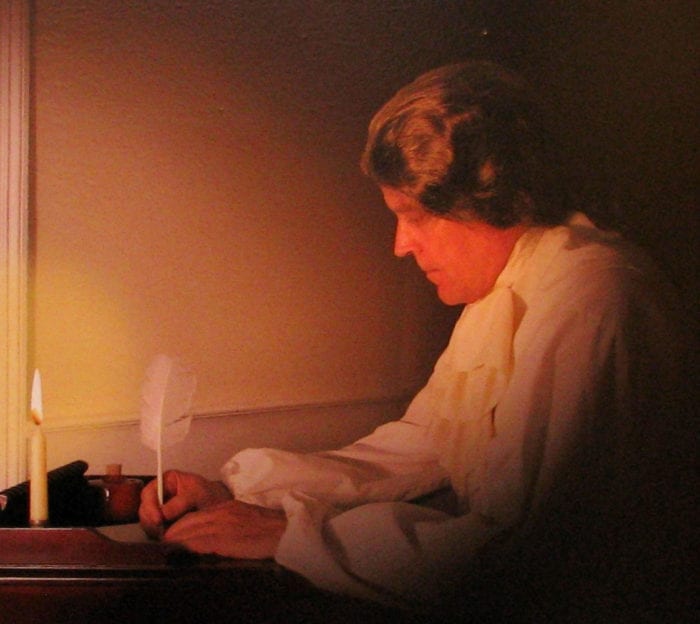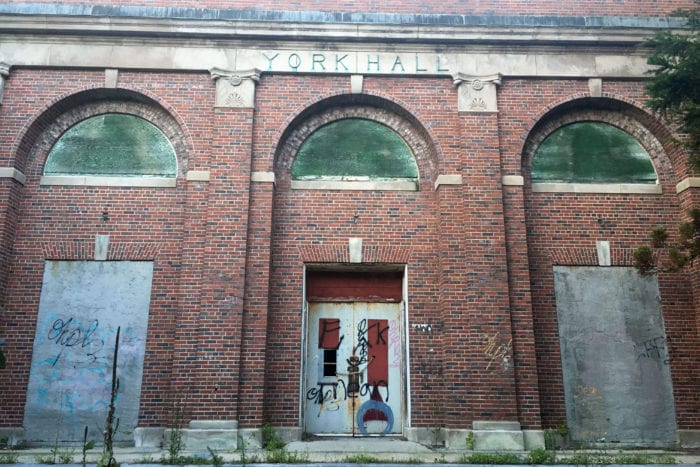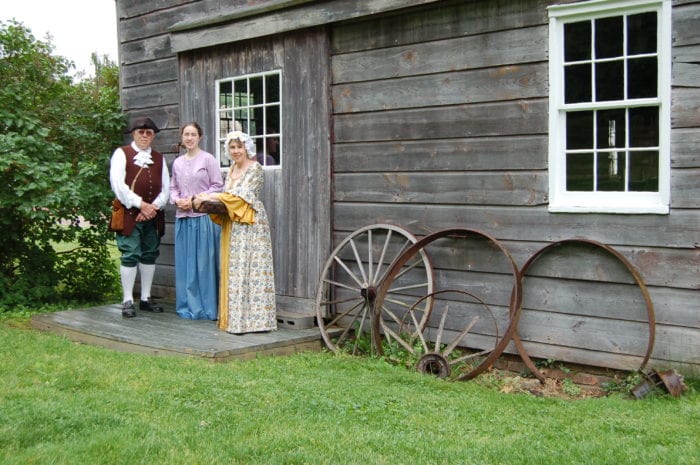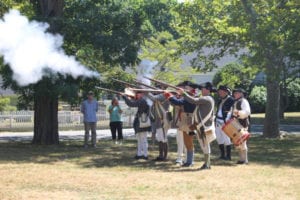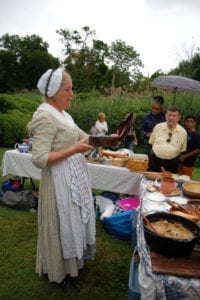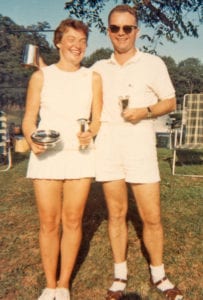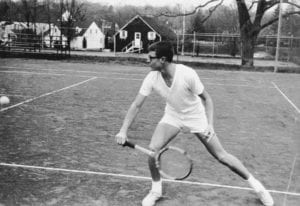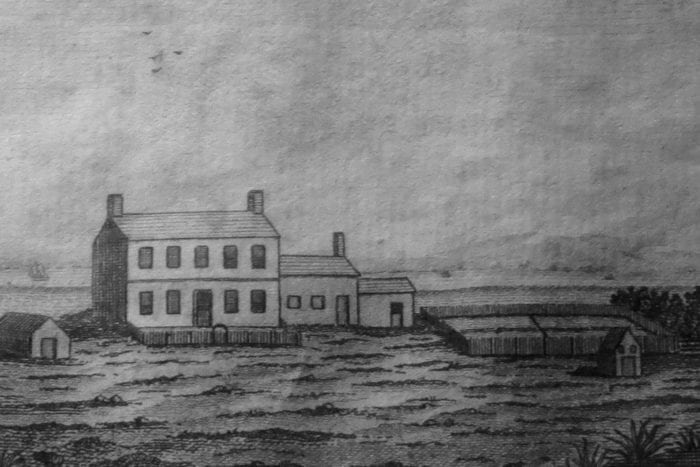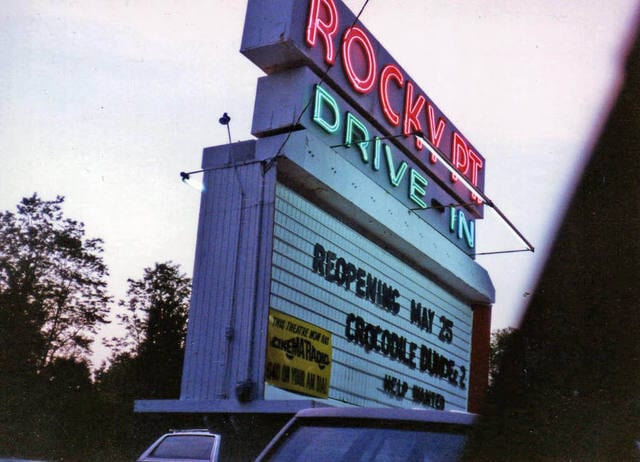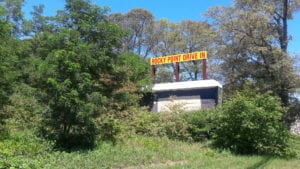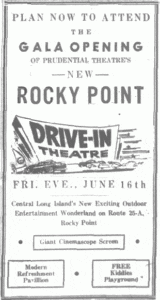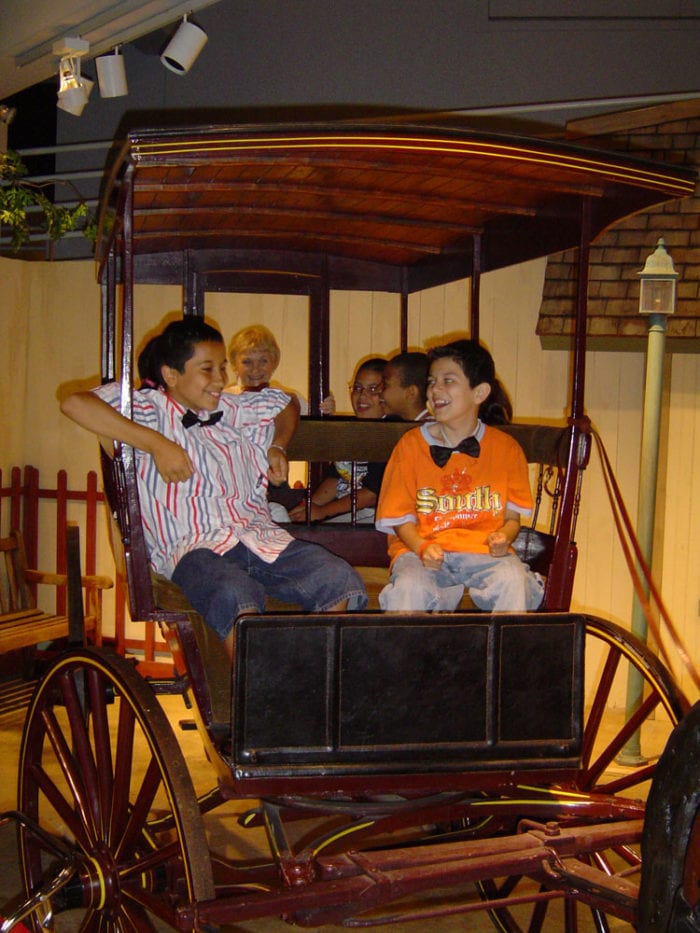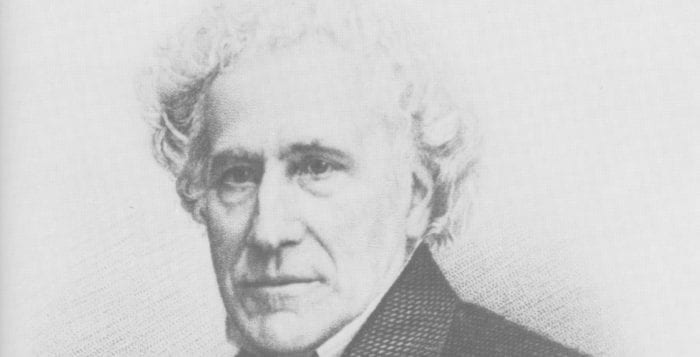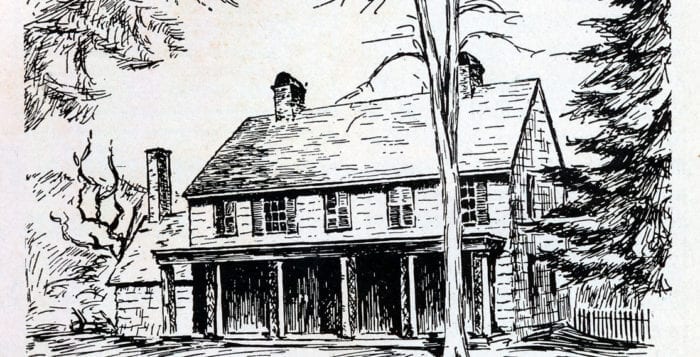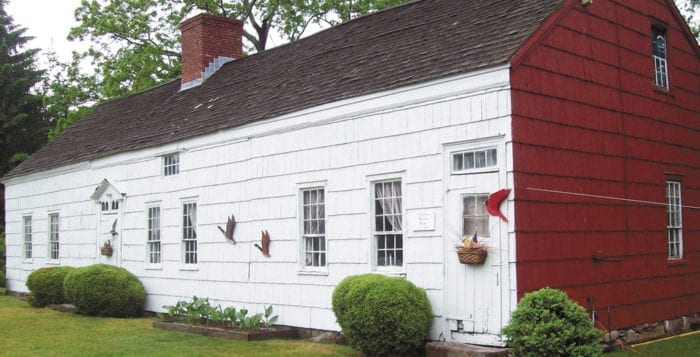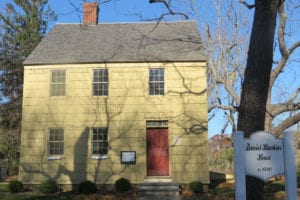By Beverly Tyler
General George Washington’s Culper Spy Ring, based in Setauket, with spies operating in Manhattan, on Long Island and in many other locations in the theater of the Revolutionary War, was unusual for a number of reasons. These were the only spies to have an organization specifically organized by Washington and the only long-term operation provided with a specific purpose — to keep Washington informed on British activities in the city and on Long Island.
Members of the Culper Spy Ring were also the only spies with an extensive code list, a specific invisible ink formula and procedures for their use outlined by Washington and the head of the spy ring in Setauket Abraham Woodhull.
The Culper Spy Ring, a name that was given to the group’s operations because the two main spies, farmer Abraham Woodhull in Setauket and shop owner Robert Townsend in New York City, were given the identities Samuel Culper Sr. and Samuel Culper Jr. Townsend gathered intelligence in New York City and sent it to Woodhull in Setauket who coordinated the efforts of the other members of the spy ring.
Austin Roe, a Setauket tavern owner, was the courier who traveled to Manhattan on a regular basis to order supplies for his tavern and brought back written and verbal intelligence he delivered to Woodhull. Captain Caleb Brewster then carried the spy information across Long Island Sound to Fairfield, Connecticut.
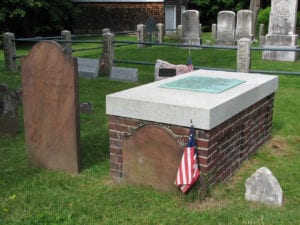
Since Woodhull could not meet openly with Brewster, it fell to Anna Smith Strong to let him know where Brewster was hiding with his whaleboats and crews. This was the group of spies known as the Culper Spy Ring; however, they did not operate without a large number of auxiliary spies, both in New York City and on Long Island, who provided them with intelligence as well as information that supported their efforts and helped to keep them safe.
Spies in New York City who assisted the Culper Spy Ring included James Rivington, a New York City businessman and editor of Rivington’s Royalist Gazette, and Amos and Mary Underhill, who ran a boarding house in Manhattan where Abraham Woodhull stayed on his trips to New York to gather intelligence.
Mary was Woodhull’s sister and her husband Amos was from Oyster Bay. He was also a second cousin to Robert Townsend.
Hercules Mulligan ran a New York City tailoring business and was a good friend of Alexander Hamilton. He was an effective spy for Washington and communicated intelligence through Robert Townsend.
Cato was an African American slave and spy courier for Hercules Mulligan, while Haym Salomon was a New York City shop owner and spy who was a suspected Patriot.
Hugh Mulligan, brother of Hercules, ran Kortright & Co. that had contracts with the British Army. He provided valuable intelligence.
Daniel Bissell was a spy for Washington who infiltrated into New York City and joined Benedict Arnold’s American Legion to provide intelligence on their movements and to seek a way to bring Arnold to justice.
Lewis Costigin worked as a spy for Washington in New York City in 1778 and 1779.
There was also Abraham Patten who unfortunately was hung as a spy in New York City in 1777, before the Culper Spy Ring was organized.
Nathan Hale was the Continental Army captain who was the best friend of Benjamin Tallmadge at Yale. They both graduated in 1773 and became school teachers in Connecticut. As a member of Knowlton’s Rangers in 1776, Hale volunteered to go to Long Island for Washington, as a spy, to find out British plans for attacking and capturing Manhattan. He was unfortunately captured before he could complete his mission. He was hanged in Manhattan as a spy. His death and the words attributed to him, “I regret that I have but one life to give for my country,” inspired many to join the Patriot cause and others to remain in the Continental Army.
In October, 1780, intelligence chief Benjamin Tallmadge wrote to Washington concerning the former Continental Army general and then traitor Benedict Arnold who had joined the British in New York City and was rounding up suspected Patriots to locate the members of the Culper Spy Ring. “The conduct of Arnold, since his arrival at N.Y. has been such, that though he know not a single link in the chain of my correspondence, still those who have assisted us in this way, are at present too apprehensive of danger to give their immediate useful intelligence. I hope as the tumult subsides matters will go on in their old channels.”
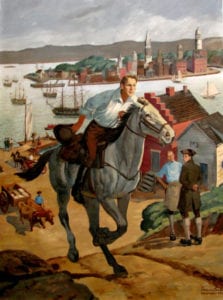
Spies on Long Island who assisted the Culper Spy Ring included Joshua Davis, known in spy letter correspondence as J.D., was Brewster’s deputy, and Captain Nathan Woodhull, a second cousin of Abraham Woodhull, who provided intelligence to his cousin in Setauket and to Brewster from his location in Old Man’s (Mount Sinai).
Nathaniel Ruggles was placed at Old Man’s by Benjamin Tallmadge to gather intelligence and was saved from exposure as a spy by the efforts of Selah Strong, husband of Culper spy Anna Smith Strong.
Nathaniel Roe and Phillips Roe were both cousins of Culper Spy Ring courier Austin Roe. They provided intelligence through Culper spy Brewster from their home in Drowned Meadow (now Port Jefferson).
Samuel Townsend, the father of Robert Townsend and an Oyster Bay town leader, was often in conflict with the other town leaders of Oyster Bay who suspected him of Patriot leaning.
George Smith, a resident of Smithtown, was noted in spy letters and correspondence as S.G. Selah Strong, a Brookhaven Town leader and husband of Culper spy Anna Smith Strong, is listed as executor of the will of Nathaniel Ruggles and as having saved Ruggles’ life by his effort he, “hath snatched me from the jaws of my adversaries and befriended me in every difficulty as far as was consistant with his duty as an honest man.” Strong was also a good friend and cousin of both Abraham Woodhull and Brewster.
Isaac Thompson remained at his home and estate during the Revolutionary War. His home (now Sagtikos Manor) was visited by President Washington in April, 1790, and was one of four places Washington stayed to thank the Culper spies for their help. Thompson’s mother was Abraham Woodhull’s aunt. He grew up in Setauket and both his father and brother were active as captains in the Long Island militias and all three served with Selah Strong on the Brookhaven Town Board at one time or another.
Benjamin Havens was an innkeeper in Center Moriches who married Selah Strong’s sister Abigail in 1754. Another sister, Submit, married Phillips Roe of Drowned Meadow, and yet another sister, Zipporah, married Rev. Benjamin Tallmadge, father of Washington’s Chief of Intelligence Benjamin Tallmadge.
There are many other family connections. Haven’s was also a member of the Patriot Committee of Safety in Brookhaven together with Abraham Woodhull of Setauket and his cousin General Nathaniel Woodhull of Mastic. In addition, Rivington’s Royalist Gazette reported in July 1779, “Last week a party of Rebels had a feast at the home of Benj. Havens at Moriches (a most pernicious caitiff), and several of the inhabitants attended at this frolic. Wm. Phillips, Benajah Strong and Brewster gave this entertainment.” Havens is also believed to have provided intelligence to Major Benjamin Tallmadge that assisted his successful raid on Fort St. George in Mastic in November of 1780.
Lieutenant Henry Scudder, a resident of Crab Meadow (Northport area), was a spy for the Continental Army. Scudder often penetrated enemy lines sending back important information on troop movements. Scudder and Bryant Scidmore drew a plan of Fort Slongo, which led to a successful attack on the fort.
Beverly Tyler is Three Village Historical Society historian and author of books available from the society at 93 North Country Road, Setauket. For more information, call 631-751-3730 or visit www.tvhs.org.

